This Website is still under maintance So Some Pages Might not Work.
How Intuitive UI/UX Can Boost User Retention by 60%!
An intuitive UI/UX design doesn’t just make an app look good—it’s a crucial factor in keeping users engaged long term. In a market full of choices, users will stick with apps that offer a simple, enjoyable experience. And with a potential 60% boostI in retention, there’s no question that investing in good UI/UX design is one of the smartest moves you can make.
10/11/20245 min read
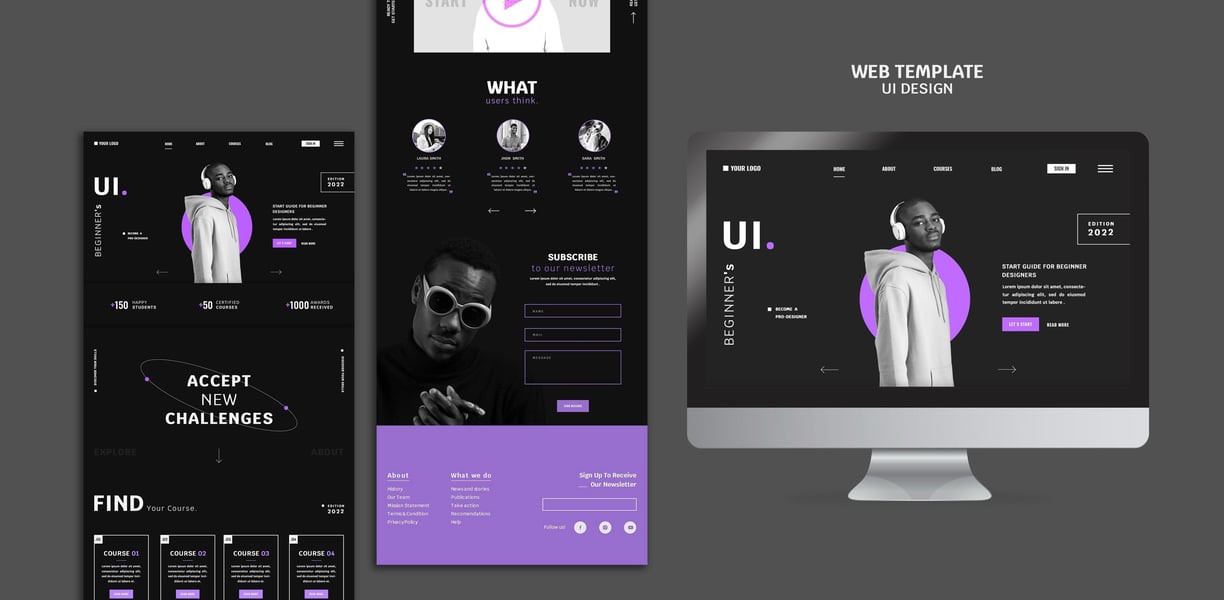

In today's digital-first world, a seamless user experience can make or break your app’s success. Whether it's a social platform, a productivity tool, or an e-commerce app, the key to user retention often lies in how intuitive your UI/UX design is. Let’s talk strategy!
One of the core factors in retaining users is creating an intuitive interface—where users don’t have to “think” about how to use your product. It’s all about delivering a smooth experience that makes navigation feel effortless and leaves users satisfied after each interaction.Write your text here...
Why Does Intuitive UI/UX Matter?
In today's digital-first world, a seamless user experience can make or break your app’s success. Whether it's a social platform, a productivity tool, or an e-commerce app, the key to user retention often lies in how intuitive your UI/UX design is. Let’s talk strategy!
One of the core factors in retaining users is creating an intuitive interface—where users don’t have to “think” about how to use your product. It’s all about delivering a smooth experience that makes navigation feel effortless and leaves users satisfied after each interaction.Write your text here...
Consider this: you’ve downloaded an app. If the interface is cluttered, hard to navigate, or unresponsive, how likely are you to stick around? Most users will drop off within the first few minutes if they can’t figure out how to complete a task. A well-designed, user-friendly interface reduces frustration and keeps users engaged.
According to studies, a seamless UI/UX can increase user retention by up to 60%. That's not just a statistic, it's a lifeline for app developers. Whether it’s simplifying workflows, enhancing loading speeds, or making key features more accessible, these small design tweaks can drastically improve user retention.
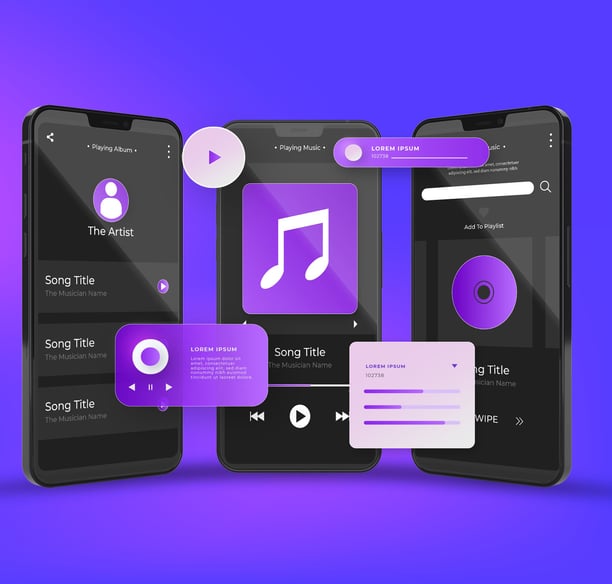

1. Simplicity is Key: The simpler the interface, the easier it is for users to navigate. Think clean lines, minimal text, and clear calls to action.
2. Consistency Across Platforms: Ensure that users have a familiar experience whether they are on mobile or desktop. A consistent interface builds user trust and ensures a shorter learning curve.
3. Anticipating User Needs: Predict what the user wants to do next and offer a clear path to it. Features like smart search, helpful suggestions, and user behavior tracking make navigation intuitive.
4. Personalization: Users expect personalized experiences. Offering relevant content or customized interfaces based on user preferences can keep them engaged for longer.
5. Continuous Feedback: Provide feedback with every interaction-whether it’s a sound, animation, or confirmation message. This reinforces the idea that the app is responsive to user actions.
Simplicity & Flow: Creating a Frictionless Experience
Users expect smooth and simple experiences. When your app feels intuitive, users don't have to spend time thinking about how to navigate or complete tasks. It’s all about reducing friction. If users can easily find what they’re looking for, they’ll stay longer and come back more often.
How to achieve this:
o Keep navigation and layout clear and consistent.
o Minimize the number of steps needed to complete core tasks.
o Use familiar icons and language to guide users smoothly through your app.
A great example is Google Maps, which despite its complex functionality, allows users to get directions or locate points of interest in just a few taps, thanks to a clean interface and an easy flow.
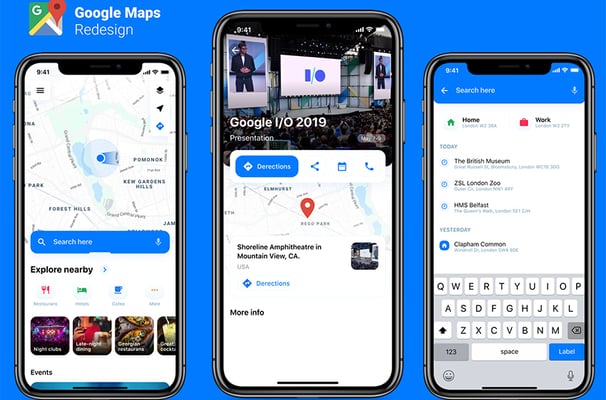

Micro-interactions: Adding Delight with Every Tap
Micro-interactions are the small animations or visual cues that respond to user actions, like the satisfying ripple effect when you tap a button or the little "heart" animation when you like a post on Instagram. These may seem minor, but they play a significant role in user engagement.Write your text here...
Why they work:
o Micro-interactions offer feedback, letting users know their action was recognized.
o They make the app feel alive, creating a connection between the user and the app.
o Thoughtful micro-interactions boost delight, turning first-time users into repeat customers.
For example, Instagram's like button subtly animates when pressed, offering instant feedback and a touch of personality to each interaction.
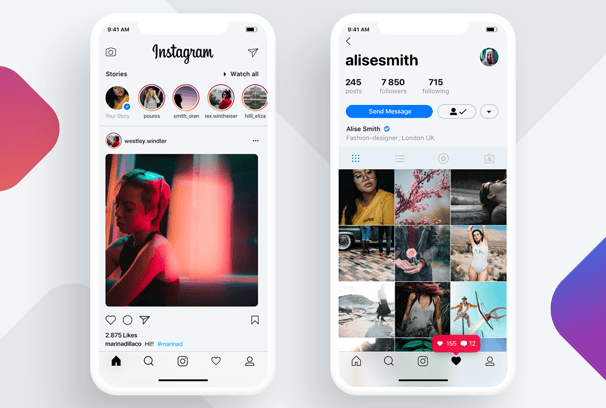

Personalization: Making Users Feel Seen
Today’s users expect personalized experiences. When an app adapts to their preferences and needs, it creates a deeper connection and boosts engagement. Personalization can be as simple as offering relevant content or customizing the layout based on user behavior.
How it helps:
o Personalization increases user satisfaction by showing content that matters most to them.
o It shortens the path to task completion by offering shortcuts to frequently used features.
o Users feel valued, which keeps them coming back.
Take Netflix, for example. Its recommendations based on users’ viewing habits keep subscribers engaged, resulting in higher retention rates.
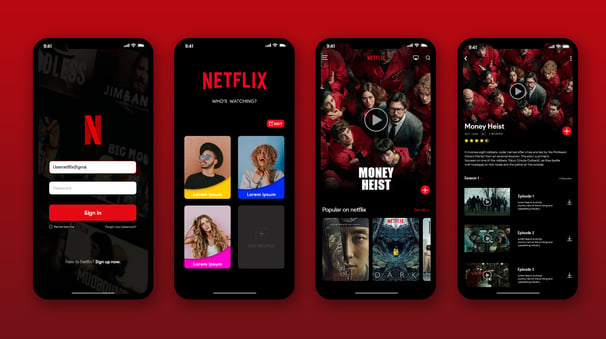

The Secret Sauce: Seamless & Intentional Design
To make an app truly engaging, every interaction needs to feel seamless and intentional. Whether it's the ease of signing up, the clarity of navigation, or the feel of the app when swiping between screens—every detail matters. Apps that offer this smooth experience increase not just user satisfaction, but also their likelihood of sticking around.Write your text here...
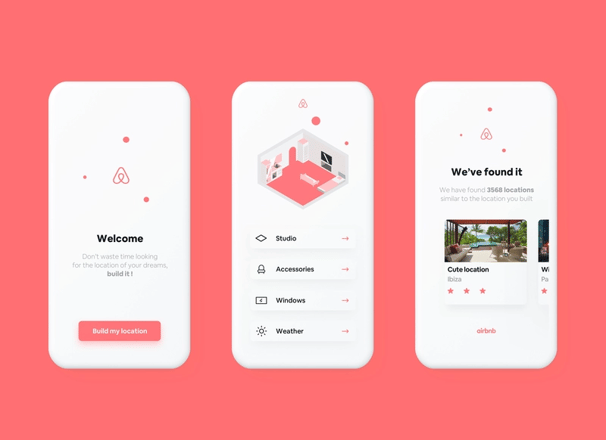

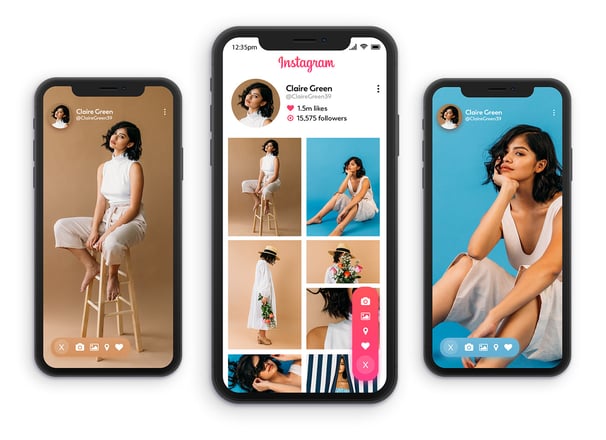

Look at apps like Instagram, which has mastered the art of intuitive UX. Instagram continuously refines its user experience by focusing on ease of use. As a result, it boasts one of the highest user retention rates in the social media space.
Another great example is Airbnb. Through constant user testing and a mobile-first approach, they’ve been able to design an interface that caters to both guests and hosts with equal clarity, significantly boosting user retention.
The Bottom Line
An intuitive UI/UX design doesn’t just make an app look good—it’s a crucial factor in keeping users engaged long term. In a market full of choices, users will stick with apps that offer a simple, enjoyable experience. And with a potential 60% boostI in retention, there’s no question that investing in good UI/UX design is one of the smartest moves you can make.Write your text here...
Want to Dive Deeper?
If you're looking to improve user retention in your app by 60% through intuitive design strategies, Reach out to me via email and let get started on your projects.
